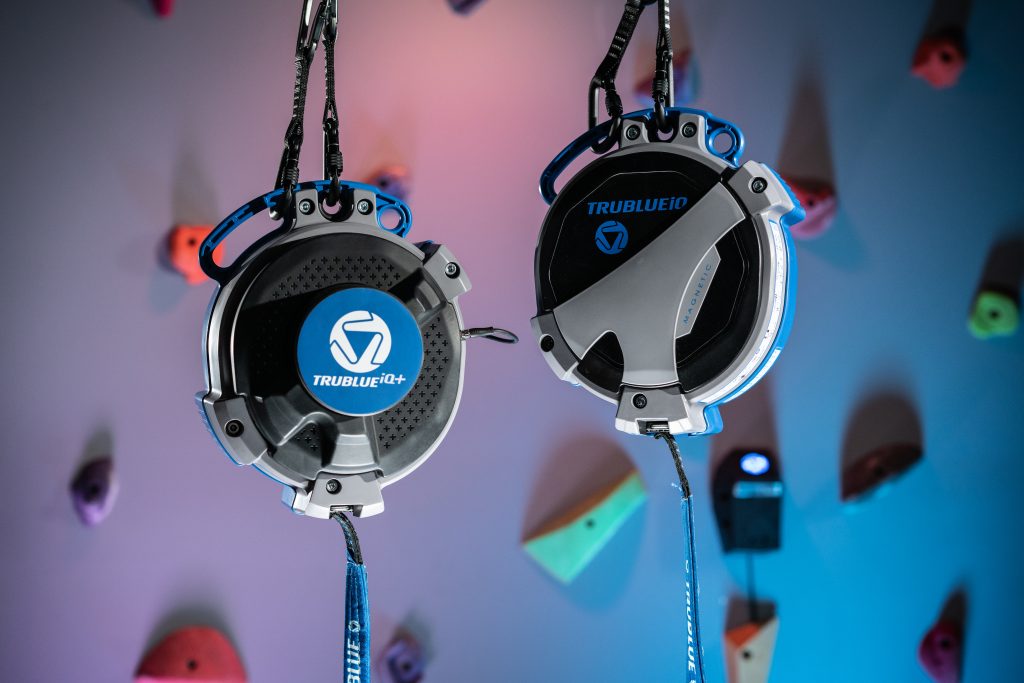Are you still using friction-based auto belays in your gym? Then here are some thoughts that might keep you up at night: thermal deterioration, foreign substances like water and dust, slack falls and dynos, and brake fade. Magnetic brakes solve these issues and more. Here are seven ways magnetic braking is superior to friction braking in auto belays.
Auto Belay Braking Technology: Magnetic vs. Friction
| Magnetic | Friction | |
|---|---|---|
| Magnetic braking systems rely on eddy currents that oppose changes in the magnetic field. This opposing force between the magnets and conductive arms in the auto belay creates drag. This field is always active but intensifies as the centrifugal force moves the conductive arms over the magnets. | PHYSICS |
Friction braking systems, like the one used in the Perfect Descent auto belay, rely on the resistance to motion of one object moving relative to another. This friction is triggered by the centrifugal force created by the climber as they descend. |
| Centrifugal force pulls the conductive arms on the rotor into the magnetic field which induces tiny electric currents inside the drum. These unique, circular currents (called Eddy Currents) generate their own magnetic field back onto the spinning rotor arms, which opposes the release of the webbing spool. | MECHANICS |
Centrifugal force pushes internal brake pads out against the braking drum, thereby slowing your descent to a safe and controlled speed. If the brake was always active, the webbing would retract very slowly, so these devices typically use a clutch system to disengage the brake during ascent (retraction). |
| The more the climber weighs, the more conductive material enters the magnetic field, the more braking is applied. Thus, magnetic auto belays are self-regulating, offering the same descent experience to climbers of all weight types. | DESCENT |
Friction braking mechanism will create a descent experience that will vary by the weight of the climber. |
| A magnetic braking auto belay endures cycle after cycle without deterioration of braking performance. There are no contacting, sacrificial wear parts that degrade in proportion to the number of climbs, which is why magnetic auto belays are more often used for high throughput facilities. | WEAR AND TEAR |
Friction brakes create high thermal energy inside the device, causing the braking mechanism to deteriorate (a phenomenon called brake fade), resulting in increased descent speeds during heavy use. A friction brake will deteriorate as the number of cycles increases because the brake dust itself affects the braking mechanism, and the heat also reduces braking friction. |
| Since magnetic brakes use non-contacting components, dust and rain will not affect the brakes' performance under normal conditions. | PERFORMANCE OUTSIDE |
If a foreign substance, like water, gets inside of a friction drum brake, it can change the frictional properties of the brake mechanism. |
| Suitable for dynamic loading and “slack” falls. | DYNAMICS |
Not recommended for dynamic loading and “slack” falls. |
| Non-contacting components reduce service cost for braking components. Recertification by an authorized service center is required annually. | SERVICE |
Friction brakes require re-placement of brake pads as they wear. Typical service inspection is every 6 months. |



